LINDA MCCARTNEY: LIFE IN PHOTOGRAPHS
by JOHN W. WHITEHEAD on JUL 19 2011
“Linda never stopped taking pictures. She was serious about it. I must confess that I was a little envious of her book of sun pictures—pictures made by experimenting with an early nineteenth century printing process that involves manipulating negatives and natural light on rag paper. There are two sun pictures of a horse named Shadow. Shadow leaping in the snow on a dark winter day. Shadow jumping. I’ve never seen anything like them. They are mysterious and beautiful.”—Annie Leibowitz, Linda McCartney: Life in Photographs
Linda McCartney, whose life was cut short in 1998, was an active and admired photographer for over three decades. In that short time, she amassed an amazing portfolio with a wide range of subject matter. Obviously comfortable around her subjects, Linda’s spontaneity and lack of pretension easily produced some of the finest celebrity photos of our time.
In conjunction with the release of Linda McCartney: Life in Photographs (Taschem, 2011), a handful of Linda’s images are now on exhibit at the Bonni Benrubi Gallery through July 29, 2011, in New York City. Both the images in the exhibit and the book were selected from over 200,000 images and negatives in close collaboration with Paul McCartney and their four children.
Linda McCartney was born in New York City and studied art history at the University of Arizona. While living in Tucson, she also studied photography with Hazel Archer, a well-known instructor from the legendary Black Mountain College.
After returning home to New York, Linda began her career as a photographer in 1966 shooting portraits of rock musicians. Although, as daughter Mary McCartney points out in her essay in the book, “her father didn’t approve of her photographing ‘long hairs.’” However, by 1968, her portrait of Eric Clapton was on the cover of Rolling Stone and she made history as the first woman photographer to achieve this milestone.
Linda captured that era’s most important musicians: Aretha Franklin, Jimi Hendrix, The Grateful Dead, Bob Dylan and many others including her future husband. In 1967, while working in London, she photographed The Beatles at the album launch for Sergeant Pepper’s Lonely Hearts Club Bandand met band member Paul McCartney. They eventually wed in 1969, raised a family and performed in their band Wings together.
But marrying the famous Beatle did not dampen Linda’s appetite for taking photos. From the mid 1960s to 1998, Linda captured her whole life on film: rock and roll portraits, her family, travels, celebrities, animals, and still lives. In fact, some of her best photographs emphasize the “ordinary” life—if you can call it that—of Paul McCartney at play with his family.
The following are a collection of photographs by Linda McCartney on display at the Bonni Benrubi Gallery with quotes from some of the contributing authors from the bookLinda McCartney: Life in Photographs.
“She was the easiest of photographers to be photographed by and the relaxation of her subjects that she achieved is clearly visible in her work. I was always impressed by her impeccable timing. When you least expected it the shutter would click and she had the shot. Her art took on new dimensions when she settled down to raise her family. Her love of nature, children and animals meant she could find fascinating images all around
her.”—Paul McCartney
her.”—Paul McCartney
“I was nervous to photograph The Beatles because…I was nervous! I think also because there were a lot of other photographers there. I didn’t feel artistically satisfied [by the pictures] except for the one of John and Paul with their thumbs up, because I felt like that was interaction, and that was the photo that nobody else got.
No one knew I was a photographer. When I married Paul, to [the fans] I was an American divorcee, I think they called me… ‘Who is this American divorcee? Why isn’t he marrying his girlfriend he had been going with for years?’ You know, we didn’t prepare them.”—Linda McCartney
No one knew I was a photographer. When I married Paul, to [the fans] I was an American divorcee, I think they called me… ‘Who is this American divorcee? Why isn’t he marrying his girlfriend he had been going with for years?’ You know, we didn’t prepare them.”—Linda McCartney
“So I took my portfolio over to Hilly House, their office, and Brian Epstein’s assistant said ‘Fine, you can leave your portfolio and we’ll get back to you.’ So after about two or three days he got back to me saying ‘Oh yes, Brian loved your photographs, and yes you may photograph The Beatles. They’re releasing an album called Sergeant Pepper and they are doing a press thing at Brian’s house and you can be one of the photographers. And, by the way, Brian loved your photo of Brian Jones and one of the ones of Keith Moon.’ I said, he can have them! So that’s how that happened, too, I got to photograph The Beatles, so my dreams came true.”—Linda McCartney
“When I think about how and when one releases the shutter, it’s for a multitude of reasons. Every photographer is searching for a definition that he or she doesn’t really know how to explain until after the fact. When we are holding the print in our hand, then we know what it was we were really looking for and whether or not we found it. The real thing that makes a photographer is more than just a technical skill, more than turning on the radio. It has to do with the force of inner intention. I have always called this a visual signature. It has to do with the kind of visual overtone that emanates from the work of certain photographers who have managed to gain access into this level of performance within the medium.”—Linda McCartney
“Jimi was very sensitive and very very insecure. He really didn’t reckon himself and he used to burn the flag, and play the guitar with his teeth, and after a while he told me how much he hated doing that. But I said, ‘Look, you are the most inventive guitar player I’ve ever seen,’ I mean, off stage, he would just play all the time, brilliant…[I said] ‘Stop doing that stuff!’ He went ‘Oh no, they won’t come and see me if I don’t do it.’ They would’ve come and seen him more I think if he’d stopped doing that rubbish. But he was very insecure, as are a lot of artists. Jimi was just so sweet. It’s so sad.”—Linda McCartney
“Some of my earliest memories of Mum are of her holding a camera, always a simple one; point and click was her thing. She never had an entourage of assistants, just her and her companion, the camera. When I was a child, she captured moments that could easily have passed unnoticed, yet she caught precious images, some that sum up our family, some that were one-off moments (for instance, James balancing bread sticks in a restaurant or Mary and me with buckets on our heads). Her humour is there, her sympathy, her love of nature and life. Every image is a reflection of her way of seeing life and how she viewed every day with fresh eyes. Her lens was her way of expressing herself, the real Linda.”—Stella McCartney
“She was a rule breaker but with the kindest of souls. She was the punk that never sought to upset people. The result was a charming quirkiness that endeared her to many: the odd socks, self-cut hair, the lava lamps, the way she hung cut glass from the windows to create rainbows all over the walls.”—Mary McCartney
“Linda’s fundamentally reportorial style had had a greater affinity with the photographs of Henri Cartier-Bresson than, say, the directorial idiom of an Irving Penn. But, as she began to draw her subjects from within her growing family and immediate milieu some of her photographs are uncannily redolent of those of the great Victorians, Julia Margaret Cameron and Lady Hawarden. She experimented with old techniques that expanded the range of textures and palettes open to her—sun prints and platinum toning—and mastered large-format plate cameras in order to make intriguingly atmospheric still-lifes (Teapot, Sussex, 1996); the movingly portentous self-portrait in Francis Bacon’s studio was made on a 10 x 8 inch negative.”—Martin Harrison
“When the Rolling Stones were trying to get publicity for themselves, when they were touring over here, they sentTown & Country an invitation which I opened and put in my drawer and thought, ‘Well, I’ll go to that one!’ Someone came up to me and said ‘Well, we just don’t have room for all the photographers and all the journalists so you will be the photographer.’ I thought ‘Oh my God, I’m not really a photographer, does she know?’ But I bluffed my way, I mean I didn’t bluff it, I figured it’s her choice. So, I got on the boat and had a lot of film with me and really enjoyed taking pictures. I think my only worry was that the pictures wouldn’t turn out, in truth….I was a bit shy and introverted, but looking out through the lens I saw, and I forgot myself and I could actually see life. This enthusiasm came out of me, and it did, photography changed my life in that way, so it wasn’t just the Rolling Stones, it was the whole thing.”—Linda McCartney
“I had no idea I was photographing future icons, but, I loved [Jim Morrison’s] music, I loved him as a person, I loved all The Doors actually—Ray and Robbie and John, in fact The Doors were never popular really until after Jim’s death. I mean, you look at the movie on The Doors, it was nothing like that, you know they had massive crowds and ‘Jim, Jim…’ None of that. I mean they could barely get arrested, in fact he did get arrested, poor guy.”—Linda McCartney
“Linda’s one-ness with her photography was most evident at the end of her life, when she must have suspected that she was going to leave the world. The photographs she made then are simple, pure. She was using photography to try to hold on to existence. As we all do. Photography offers us the assurance that we will not be forgotten.
Photography didn’t fail Linda. Her pictures are proof of a life well lived. As a woman and as an artist.”—Annie Leibowitz
Photography didn’t fail Linda. Her pictures are proof of a life well lived. As a woman and as an artist.”—Annie Leibowitz

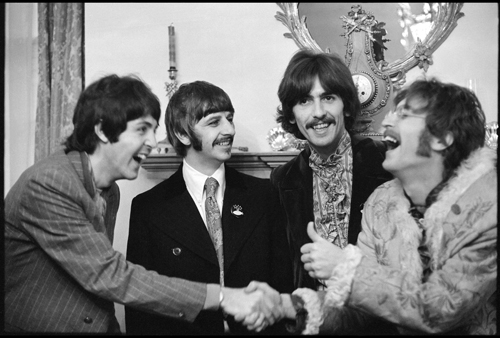
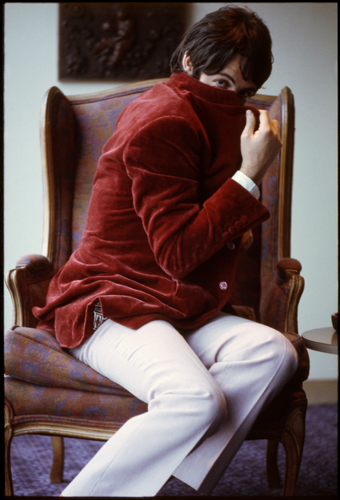
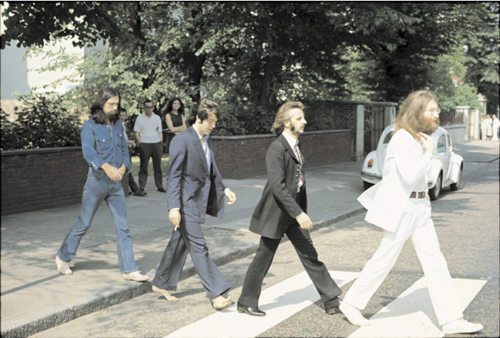
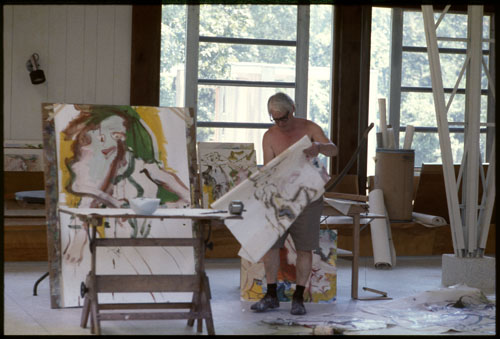
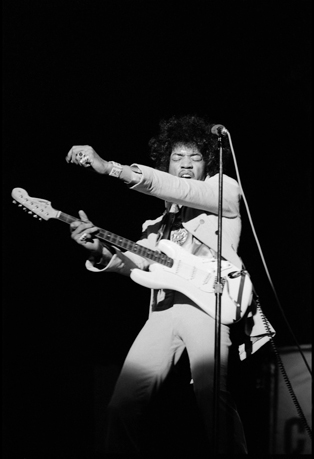
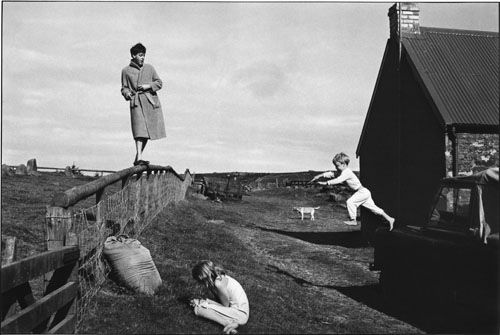
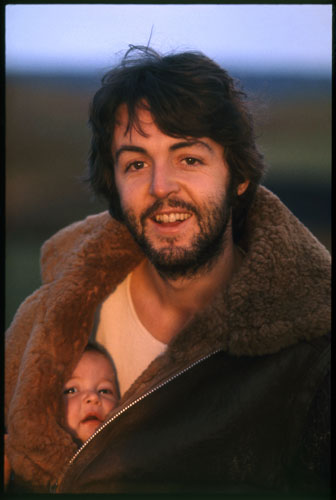
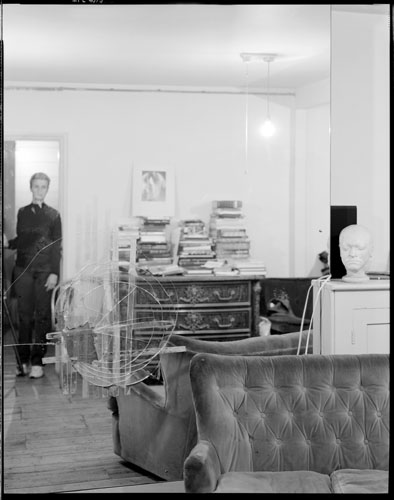
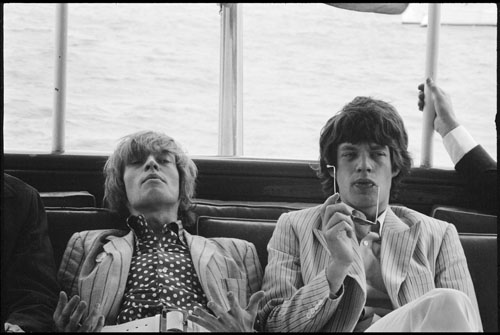
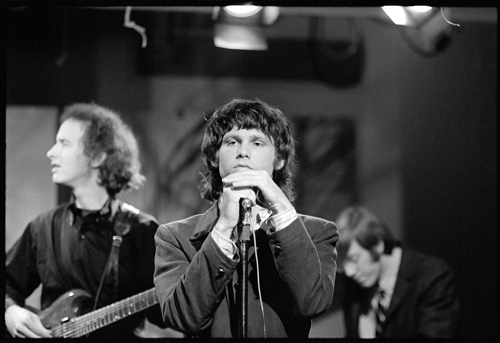
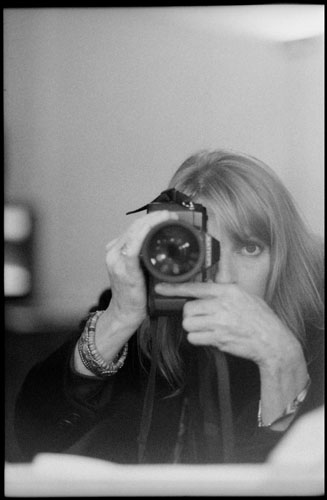
No hay comentarios:
Publicar un comentario